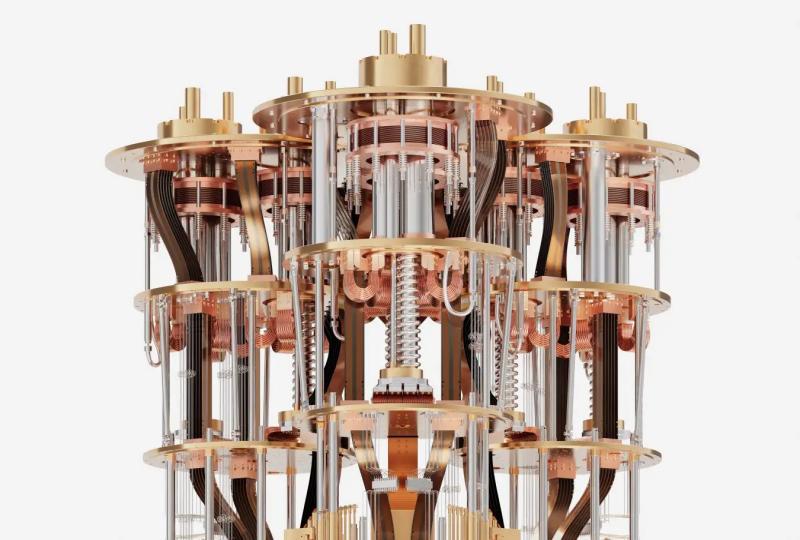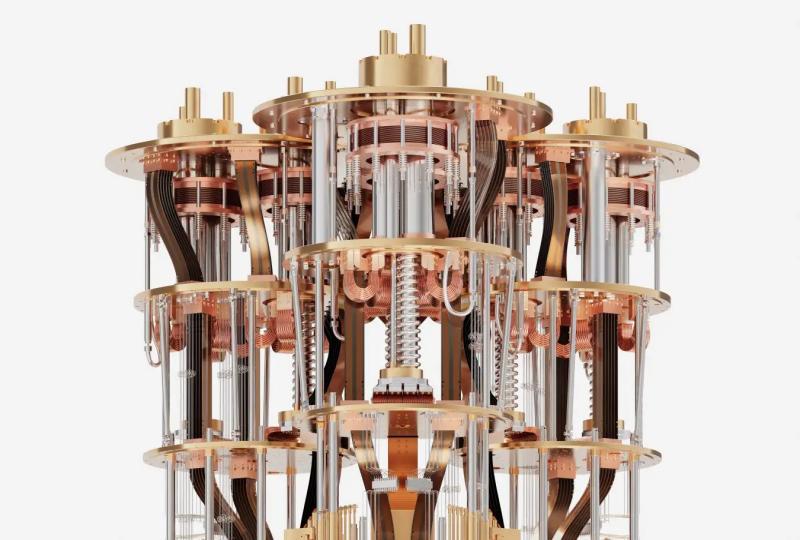Embracing the Future of Fault-Tolerant Quantum Computing: Topological Qubits and SpinQ’s Vision
2025.09.19 · Blog Topological Qubits
Topological quantum computing promises intrinsic error resilience by encoding qubits in the global properties of exotic quasiparticles. As the quantum industry races toward scalable, fault-tolerant machines, Majorana-based topological qubits stand out for their potential to dramatically reduce error-correction overhead, making practical quantum advantage more attainable.
What Makes Topological Qubits Unique?
Unlike superconducting or trapped-ion qubits—where information is stored locally and vulnerable to noise—topological qubits leverage the braiding of non-Abelian anyons in two-dimensional systems. By moving these quasiparticles around each other, quantum gates depend solely on the topology of the braiding paths, rendering the resulting quantum state inherently robust against small perturbations.
Key advantages include:
-
Inherent Error Protection: Topological encoding suppresses local errors without complex error-correction codes.
-
Reduced Overhead: Fewer physical qubits are needed per logical qubit, easing the path to large-scale processors.
-
Longer Coherence: Majorana zero modes can exhibit extended coherence times compared to conventional qubits.
Technical Challenges and Research Frontiers
Developing topological qubits remains an experimental frontier:
-
Material Synthesis: Creating and controlling topological superconductors that host Majorana modes requires advanced materials and nanofabrication.
-
Precise Braiding Control: Nanotechnology must achieve sub-micron accuracy in manipulating quasiparticle trajectories.
-
State Verification: Measuring global topological states without collapsing them poses significant metrology challenges.
Despite these hurdles, leading research efforts—such as Microsoft’s StationQ and collaborations at Delft, Copenhagen, and Tsinghua—are making steady progress in demonstrating and characterizing Majorana zero modes.
SpinQ’s Path Toward Hybrid Topological Architectures
SpinQ Technology, renowned for its NMR-based classroom quantum computers and scalable superconducting QPUs, is actively monitoring topological breakthroughs as part of its future roadmap. Potential integration pathways include:
-
Hybrid Superconducting–Topological Chips: Embedding Majorana elements alongside conventional Josephson-junction qubits to realize topologically protected gates within SpinQ’s existing superconducting platforms.
-
Materials and Device Testbeds: Leveraging SpinQ’s QEDA design tools and in-house fabrication to prototype and evaluate novel topological superconductor candidates.
-
Error-Mitigation Strategies: Combining topological protection with dynamic decoupling and advanced pulse shaping—techniques mastered in SpinQ’s NMR systems—to further suppress decoherence.
By fusing topological protection with SpinQ’s vertically integrated design-manufacturing cycle, the company aims to pioneer hybrid architectures that accelerate the arrival of fault-tolerant quantum computers for both educational and industrial applications.
Looking Ahead
Topological quantum computing represents a transformative leap toward robust, large-scale quantum machines. While true topological qubits may still lie several years away from full commercialization, SpinQ’s commitment to exploring hybrid solutions ensures its platforms remain at the vanguard of quantum innovation—empowering researchers and students today while charting the course for tomorrow’s error-tolerant quantum computers.
This article is partly based on publicly available information and relevant technical literature. It has been compiled and analyzed by our team for learning and communication purposes only.
Featured Content






